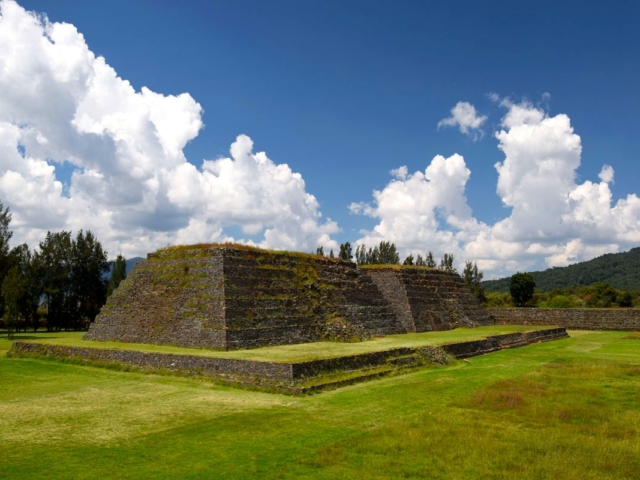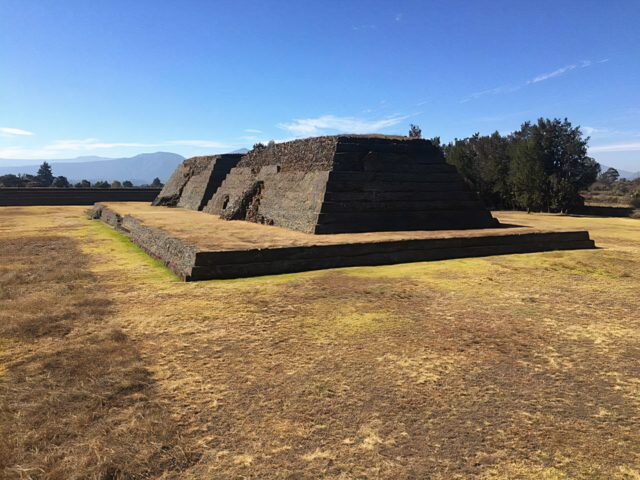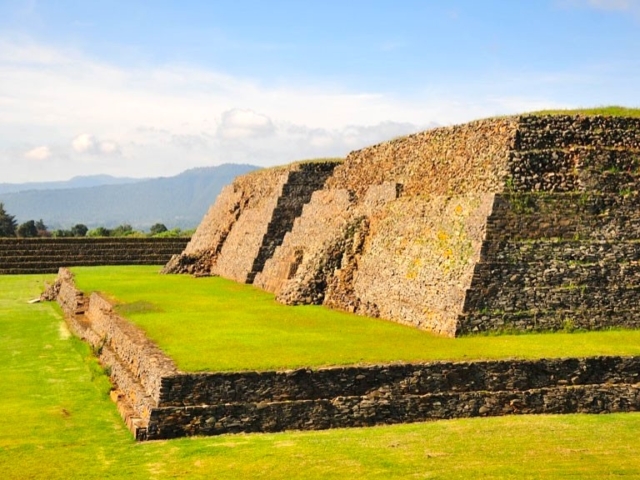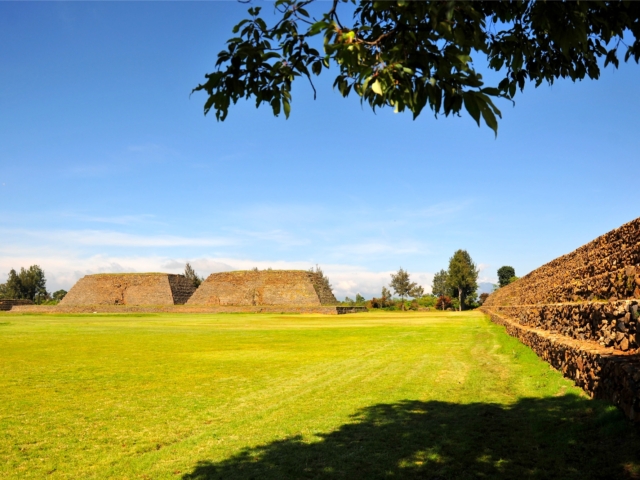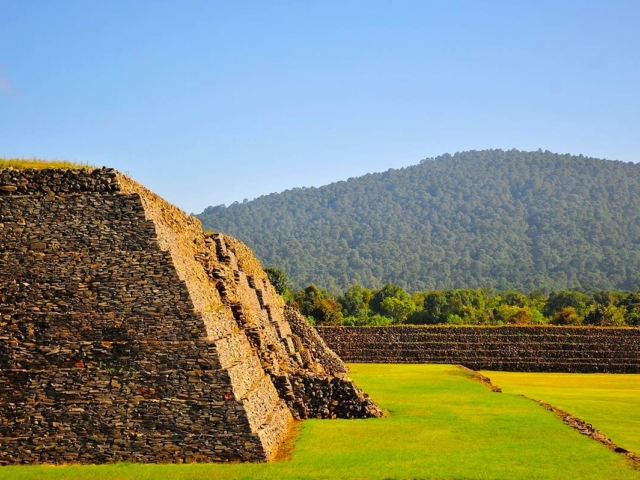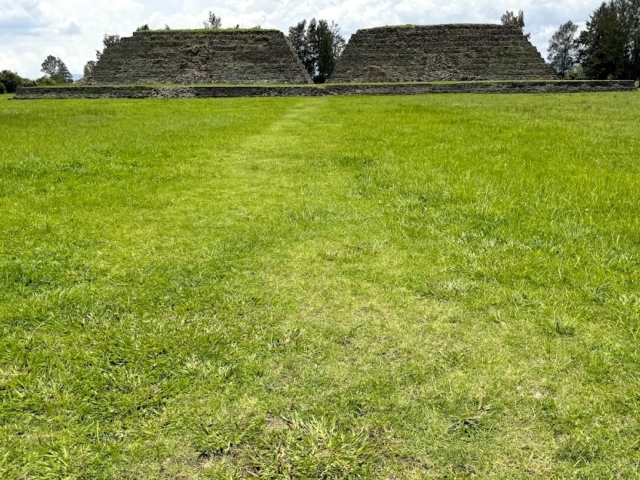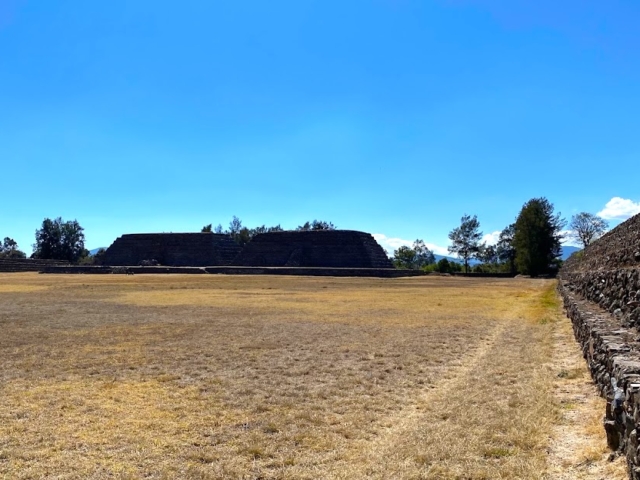
Adress
58442 Ihuatzio, Michoacán, México.
GPS
19.577687867176, -101.62116408348
Send an Email to
Monday
10:00 – 16:00
Tuesday
10:00 – 16:00
Wednesday
10:00 – 16:00
Thursday
10:00 – 16:00
Friday
10:00 – 16:00
Saturday
10:00 – 16:00
Sunday
10:00 – 16:00
KNOW MORE PLACES
VISITA OTRAS LOCALIDADES
Together with Pátzcuaro and Tzintzuntzan, it was the seat of the powerful Purépecha empire, which was never conquered by the Mexicas. Only a part of it has been explored.
Ihuatzio in the Purépecha language means “in the house of the coyote.” Originally, the area was called Yacatécharo. In the area you can find flora such as pine, oak and cedar, as well as fauna such as coyotes, squirrels, armadillos, rabbits and weasels.
This archaeological zone is distinguished by its unique architecture, such as the huatziri, elevated paths that delimited spaces and served as trails within the city. Another of its characteristics is the large extension of the nuclear area compared to the other settlements around Lake Pátzcuaro. In addition, it is the only one of the three capitals of the Purépecha empire where monumental sculpture has been found. In 1908, three sculptures were unearthed, two chac mool and a coyote. A year later, the first institutional investigation was carried out, led by the architect Ignacio Marquina, and during the seasons of archaeological exploration at the site, a total of four chac mool sculptures carved in basaltic rock have been found, and three in the shape of a coyote made with the same material.
The site was first occupied by Nahuatl-speaking groups with Toltec influence, who inhabited the islands and shores of Lake Pátzcuaro until the arrival of the Purépecha. During its period of greatest splendor, Ihuatzio covered approximately 150 hectares, where, thanks to archaeological excavations, 84 structures have been identified, of which only seven have been exposed, all of them in the visiting area.
Since the massive arrival of the Purépecha groups to the basin of Lake Pátzcuaro, they acquired power and gradually dominated the region until they consolidated a strong state. Ihuatzio, along with Pátzcuaro and Tzintzuntzan, would be the three main settlements and seats of power of a vast empire that covered a large part of the state of Michoacán and parts of present-day Jalisco, Guanajuato and Guerrero (longitudinally, between the limits of the Balsas and Lerma rivers).
Ihuatzio was the first seat of the Purépecha empire, and from here it catapulted itself to become a powerful lordship through the conquest or subjugation of smaller communities. At the time of the arrival of the Spanish, it was a group antagonistic to the Mexicas.
The most outstanding structures of the site are the huatziri or causeway walls, which are characterized by being elongated elements with stepped bodies on all sides, and have enough space to walk, even in both directions. In the eastern part of the huatziri, on the south side of the Plaza de Armas, there are stairs that allow access to the upper part of the same, from where the construction of this element can be better appreciated.

